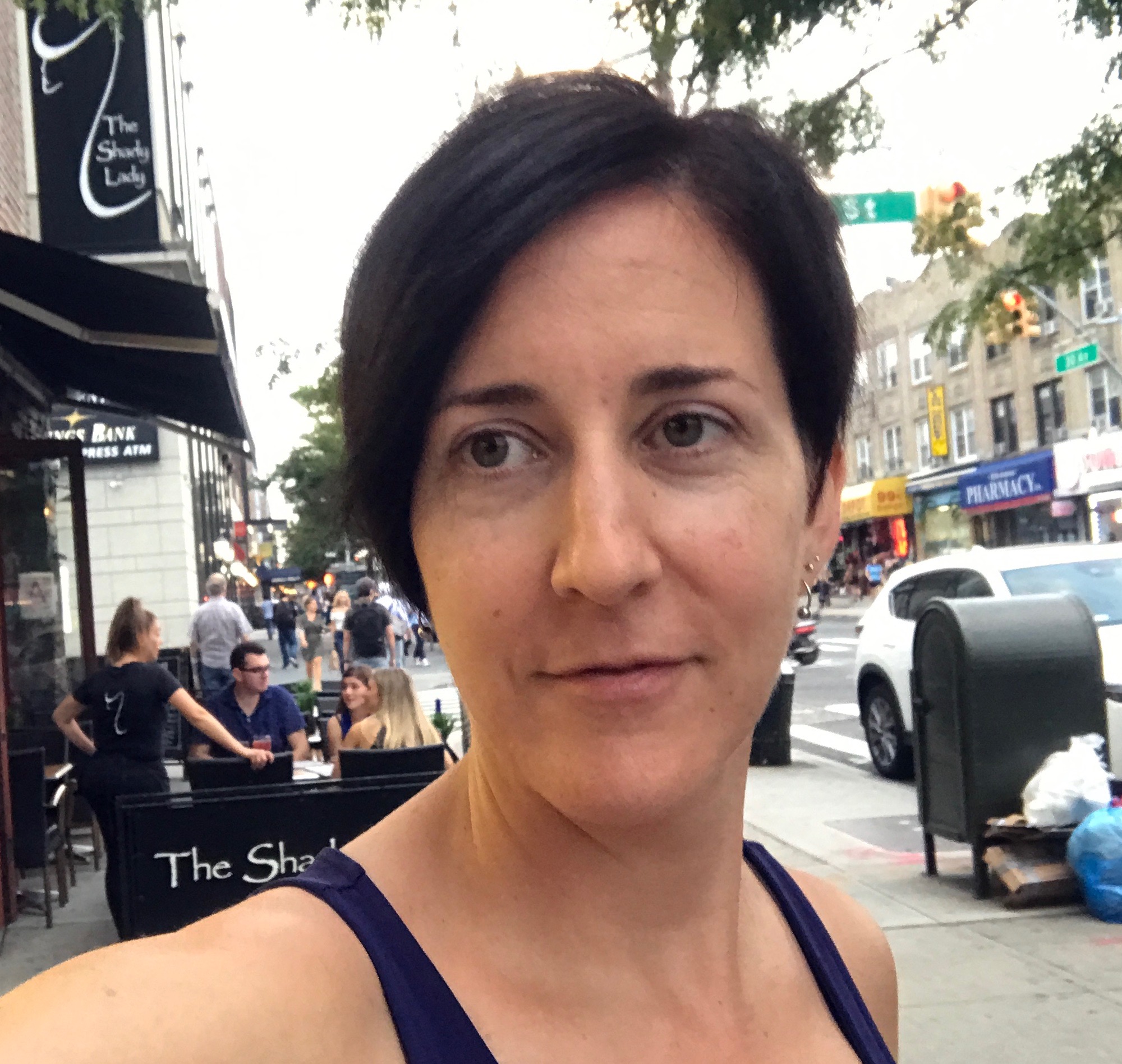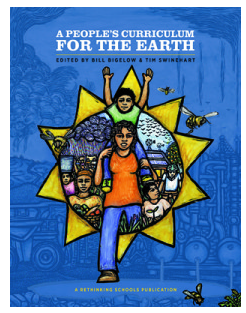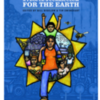A People’s Curriculum for the Earth is a collection of articles, role plays, simulations, stories, poems, and graphics to help breathe life into teaching about the environmental crisis.
The book features some of the best articles from Rethinking Schools magazine alongside classroom-friendly readings on climate change, energy, water, food, and pollution — as well as on people who are working to make things better.
At a time when it’s becoming increasingly obvious that life on Earth is at risk, here is a resource that helps students see what’s wrong and imagine solutions.
In our “Earth in Crisis” group, teachers kept returning to our students’ responses: They wanted to know what they could do personally. Early in our work, we concluded that we need to help students recognize the inadequacy of responding to the environmental crisis solely as individuals. As we mention in the teaching ideas for Chapter 3, “Facing Climate Chaos” (p. 174), there are entire books that urge students to consider their individual carbon footprints, suggesting that our personal patterns of consumption are a root cause of global warming. Students are urged to think about the frequency of their baths, their electricity use, the stuff they buy. Yes, of course, we want young people — and everyone — to be mindful of the Earth as we go through our daily lives. And we want students to recognize the power they have — collectively or individually — to make the world a better place. But it’s wrong to direct students primarily toward individual solutions to create change.
Teacher Testimonials
 Stephanie Kadison, High School Science Teacher, New York
Stephanie Kadison, High School Science Teacher, New York To introduce our Climate Change unit, we wanted to begin with empathy and a connection to the communities that are most affected by climate change.
My co-teacher and I decided to start with “The Whole Thing is Connected: Plastics and Poverty” from A People’s Curriculum for the Earth. This chapter and series of articles reinforces the idea of environmental racism — the idea that people of color are disproportionately affected by the deleterious affects of climate change, in addition to those who live in poverty (which often intersect, unfortunately). We wanted to ensure that our students understood that, even though recycling plastic seems like a good thing, this seemingly benevolent act could negatively affect those who live in places like “Cancer Alley,” where the toxins of burning plastic bottles (like the one we so carefully and expertly recycled) could cause harm. Empathy is the first step in making change. If your students do not connect to those are affected, there is no motivation to create action steps for change.
This was the first step of our much larger project, the Climate Change Challenge, where we asked students to come up with an innovative and creative solution to reduce the deleterious affects of climate change. One student came up with light switch that turned off if there were no sound waves for more than 30 minutes to save energy, and another group designed an App where you could report environmental “crimes,” similar to the Citizens App. Introducing the topic of climate change with this article on empathy versus straight up textbook content, really connects students to their projects and gives them a more human reason to care and emotionally invest in the future of our earth.



Comments (0)